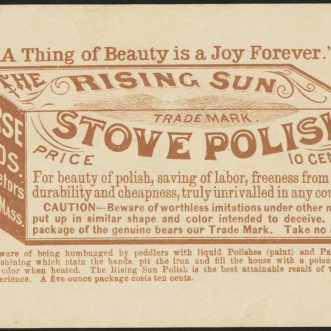
Confusions
Stick insects confuse their predators on purpose. They pretend to be a twig. A predator already has a mental model of what a twig is and how it works, which doesn’t include being edible. So it leaves the insect ‘twig’ alone.
We humans confuse people all the time. Sometimes on purpose, most often by accident. We assume that our mental model of the thing we’re building will be obvious to everyone who buys it, uses it or operates it. Yet that is rarely the case.
Take a small business. For a shareholder or investor it’s a machine for generating returns. For founders it’s a way to make a dent in the universe or their route to a coveted lifestyle. For their accountant it’s a set of connected accounts. For an operations manager it’s a set of loosely related functions, one of which they probably consider to be the most important. For some employees it’s a means to enjoy life outside work. For others it’s a lifeline, and for others still a vocation. For a customer it’s a solution to a problem.
Conflicting mental models pull people in different directions and make the thing you’re building confusing, less effective and ultimately unusable.
The answer?
- Use a model that is simple, easy to communicate and effective in delivering what everyone wants.
- Design the thing you’re building around that model, so that the way it works clearly reflects the concept behind it.
- Share your model in your marketing materials, shareholder reports, filed accounts, operations manual, help guides and status reports, so that it becomes a joy to interact with, whatever your role.
If you’re a small business owner, you might like to use mine:

It works well, if you want to create a business that can last or that can grow.
Or both, if that’s what you want.








